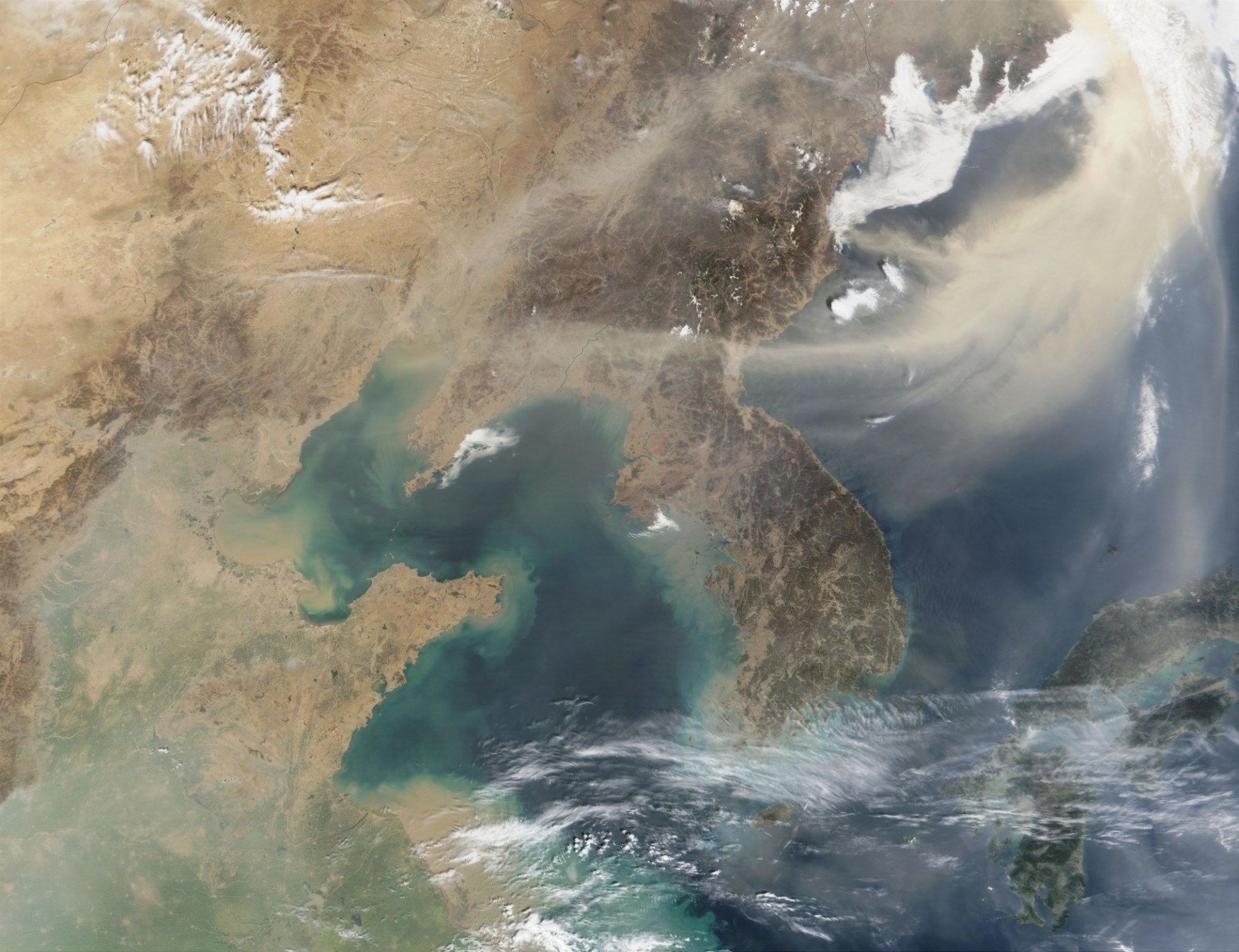Wind-blown dust alters the radiation budget of the atmosphere, provides essential micronutrients (like iron) to open ocean ecosystems, and can be used to investigate the strength and position of paleo-wind. We are interested in characterizing and understanding the natural variability of continental dust emissions and their impact on marine biogeochemical cycles and global climate.
This NASA GEOS-5 simulation of atmospheric aerosol transport demonstrates the complexity of modern dust emissions. Our lab uses ice cores and marine sediments to reconstruct dust variability during past climatic states..

